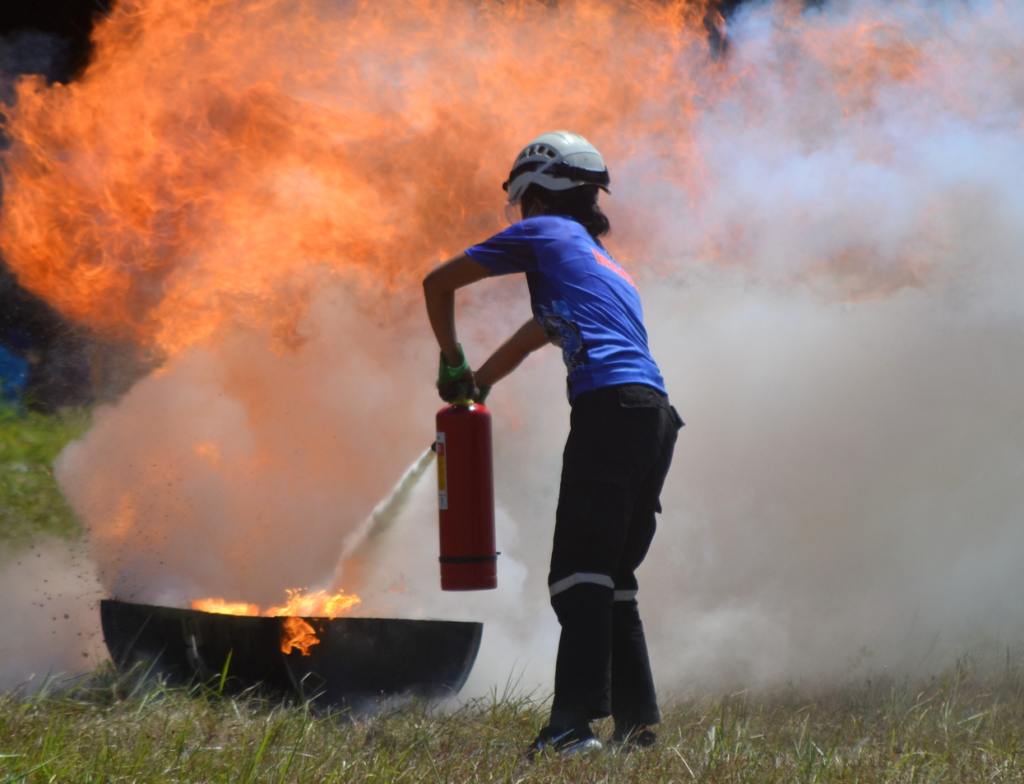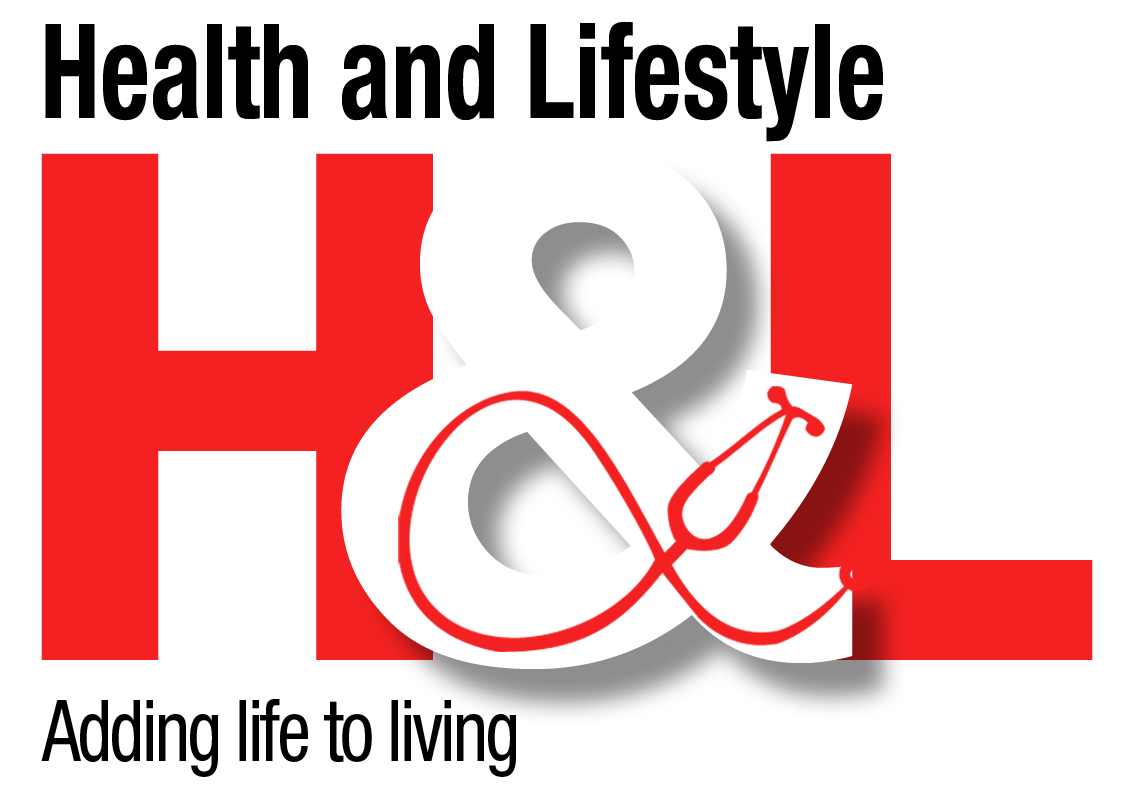Text and Photos by Henrylito D. Tacio

When I was 18, I learned the value of knowing what to do in an emergency. It was 4:30 in the morning, and my 12-year-old sister Elena was too excited about a school field trip the next day to sleep. She had been asked to bring rice for her classmates, so she got out of bed and headed for the kitchen of our home while the rest of the family still sleeping.
Elena put rice and water into a kettle, and placed it on top of our earthen stove. Then she emptied the last of a kerosene container onto the firewood and lit it. The wood initially caught, but the flames died down a few seconds later. She found another can that she thought contained kerosene and poured it straight onto the dying fire.
In fact, it was gasoline, which immediately burst into flames. Shocked, Elena dropped the can, spilling gasoline over he feet. In an instant, she was literally on fire.
Just at that moment, I walked into the kitchen to get a drink of water and was horrified to see Elena engulfed by flames. Remembering my first aid training at secondary school, I grabbed a wet blanket that was soaking in a laundry basin and wrapped it around her to smother the flames.
Elena’s cries of pain woke the entire family, and we rushed her to the hospital – still wrapped in the wet blanket.
My quick action probably saved my little sister’s life. “If you had not been around, it would have been worse,” the emergency room doctor told me later. “Good thing you knew what to do.”
Two days before Christmas in 2017, a tragedy struck Davao City when a fire broke out at the National City Commercial Center (NCCC). It started at the third floor of the building and before the day was over, fire engulfed the whole mall. Some 37 people working at a call center located at the fourth floor were burned to death.
Is there a way some deaths caused by fire can be avoided?
Yes, there is, according to the information posted by my friend, Dr. Teofredo R. Esguerra, in his Facebook. He is the only flight surgeon in Southeast Asia and has been lecturing and sharing his expertise on disaster management.
What are some of the things you need to do before a fire? First and foremost, try to familiarize yourself to “where you are” and be sure to know how to reach not just one but two nearest exits.
Bear this in mind, too: In a fire situation, smoke is blinding and will bank down in the rooms and hallways. To escape to safety, you have may to crouch or crawl. “By always being aware of your surroundings, your knowledge of the nearest two exits, and having a plan will greatly increase your ability to deal with sudden emergencies,” the information said.
Now, what if you are notified or discover yourself a fire? Here are the things you need to do: Move quickly to the nearest accessible exit. Notify, and assist others to evacuate along the way. If the building fire alarm is not yet sounding, manually activate the alarm pull station located near the exit.
After doing that, get out of the building as quickly as possible.
In the event of an actual emergency incident, persons with mobility issues or who are unable to safely self-evacuate should follow this procedure:
Relocate to an entry to an evacuation stairwell, marked by a red exit sign. Call 911 (if you are in Davao City or Kidapawan City) or any local emergency numbers and notify a dispatcher of your location, identifying the stairwell number or a nearby room number. Wait near the enclosed exist stairwell if there is no smoke or other threats to your safety.
If smoke, fire, or other threat is imminent, move into stairwell. After the stairwell crowed has passed below your floor level, enter the stairwell with assistant(s) and wait on the stair landing. Make sure that the door is securely closed. Wait for assistance. First responders will be assigned to assist you if evacuation is necessary.
More often than not, there are fire extinguishers all over the building. When should these be used and who should do it?
The information offers these: Only if you are trained and confident in fire extinguisher use. Only if the fire is small in size (no larger than a small trash can). If you do fight the fire, use only one extinguisher and then evacuate the building.
As a reminder: you are not obligated to fight fires of any size. If you have any doubt, do not attempt to fight the fire.
Just remember this: Total and immediate evacuation is the safest.
Now, what if you are caught in smoke? What should you do? Drop to hands and knees and crawl towards the nearest exit. Stay low, smoke will rise to ceiling level first. Hold your breath as much as possible. Breathe through your nose and use a filter (such as a shirt, towel or handkerchief).
A firefighter pointed out: “It’s very dark inside a room filled with thick smoke. Crawl down looking for the wall and the wall will lead you to the exit.”
During a fire incident, the number one enemy is actually smoke inhalation. People are scared of the flames and think it is the main killer. Lack of oxygen will kill a person faster, firefighters claim.
“Inhalation of chemicals released in the smoke, such as hydrogen chloride, phosgene, sulfur dioxide, and ammonia, can swell and damage the lungs and trachea,” explains “The Merck Manual of Medical Information.” “Eventually, the small airways leading to the lung narrow, further obstructing airflow.”
Smoke can also contain chemicals that poison the body’s cells, such as carbon monoxide and cyanide. “High levels of carbon monoxide in the blood may cause confusion or disorientation or may even be fatal,” the Merck manual said.
If ever you are trapped in a room due to fire or smoke, call 911 to report your location and conditions. Close as many doors as possible between you and the fire. Wet and place cloth material around or under the door to help prevent smoke from entering. If the room has an outside window, be prepared to signal to someone outside.
The source of above information, by the way, is Tufts University in the United States. It is recognized as “a premier university dedicated to educating new leaders for a changing world.”
Although it took her three months to recover from the burns to her feet and legs, my sister Elena was lucky. Some 120,000 people – many of them children under five – die from fire-related burns each year, according to the World Health Organization.
Burns are classified as minor, moderate, or severe. “The severity determines how they are predicted to heal and whether complications are likely,” the Merck manual notes. “Doctors determine the severity of the burn by estimating the percentage of the body surface that has been burned. Special charts are used to show what percentage of the body surface various body parts comprise.”
For instance, in an adult, the arm constitutes about 9% of the body. Separate charts are used for children, because their body proportions are different.
“All first-degree burns as well as second-degree burns that involve less than about 14% of the body surface usually are classified as minor, although they may seem severe to the person,” the Merck manual says.
A third-degree burn may be classified as minor if it involves less than 5% of the body surface, “unless it involves the face, hands, feet, or genitals. Burns involving these areas or involving deeper layers of skin over larger areas of the body are classified as moderate or, more often, as severe.”
In case of fire, what can you do to save a person? The first minutes of an emergency can be critical, to say the least. Experts estimate that once the heart stops, there is a window of four to six minutes to restore circulation before brain cells begin to die.
First aid depends on the severity of the burn. A feature which appeared in “Reader’s Digest,” shared the following rules that can be applied to mild to moderate burns:
Running cool water over a burn may alleviate some of the pain. Mild burns may be treated with burn creams – never use butter. Any burn that encircles a body part (such as a wrist or finger), or any significant burn to the face, should be evaluated by a physician.
Cover burns with sterile bandage to keep them clean and dry. If blisters form, don’t open them.
For third-degree burn, which leave skin charred and turn it white or cream-colored, take the following steps:
Call the emergency medical services in the area. Do not move the victim unless he’s still in danger. Don’t try to remove victim’s clothing. Cover the burns by laying a clean sheet or blanket over the burned area. Protect the victim from draughts and keep him dry.
Raised burned areas above the level of the heart if possible. Monitor victim and proceed with steps for cardiopulmonary resuscitation (CPR) if needed.
CPR is the cornerstone of emergency medicine. There are lot of reasons why someone’s breathing or heartbeat might stop and burn is one of them. The required action is this: Put oxygen into the victim’s lungs by performing rescue breathing, and circulate it through the body by doing chest compression.
Dehydration develops in people with third-degree burns, because fluid seeps from the blood to the burned tissues. “Shock develops if dehydration is severe,” the Merck manual says. Dehydration is treated with large amounts of fluids given intravenously.
“A person who has gone into shock as a result of dehydration is also given oxygen through a face mask,” the Merck manual points out.
According to the Merck manual, first- and second-degree burns heal in days to weeks without scarring. Deep second-degree and small (less than one inch) third-degree burns take weeks to heal and usually cause scarring.
“Larger third-degree burns require skin grafting,” the Merck manual explains. “Burns that involve more than 90% of the body surface, or more than 60% in an older person, usually are fatal.” – ###








